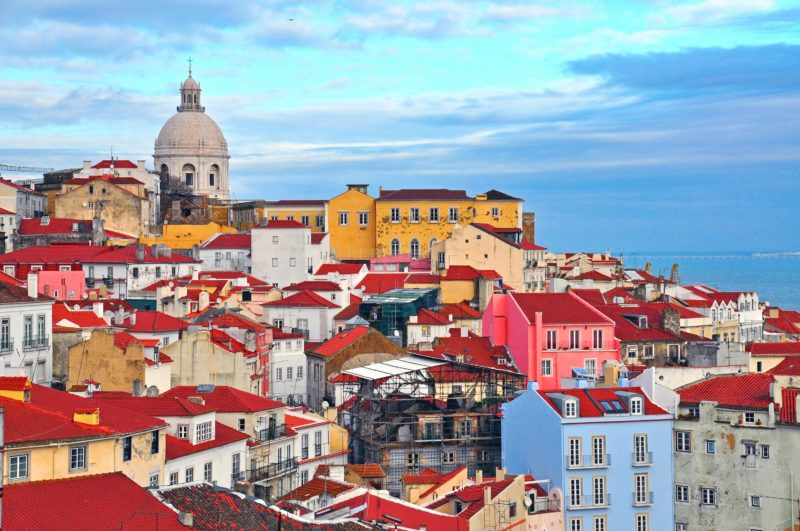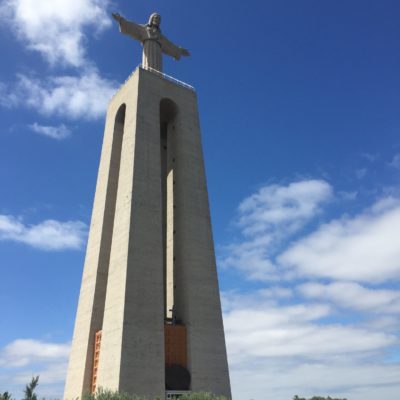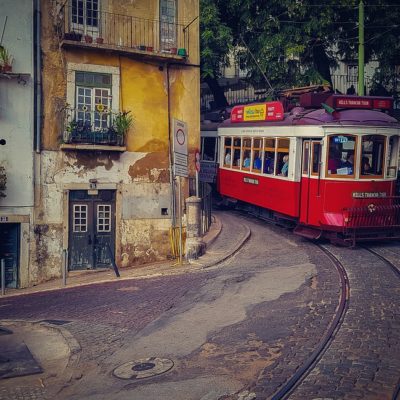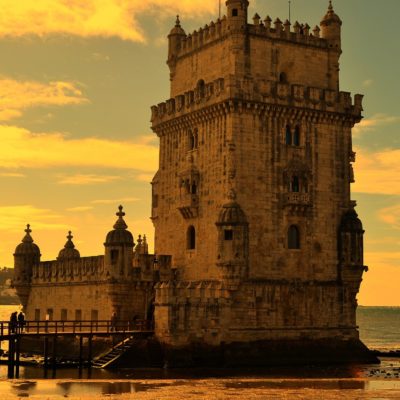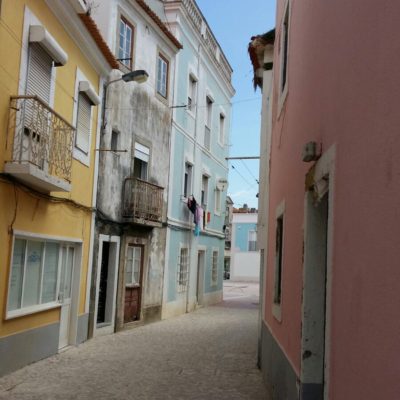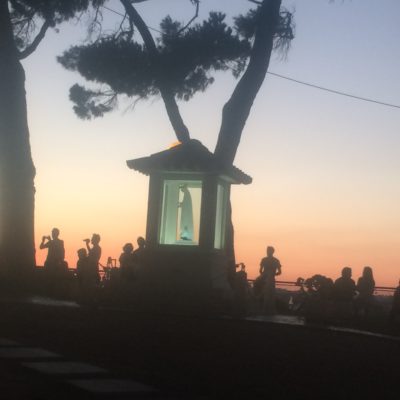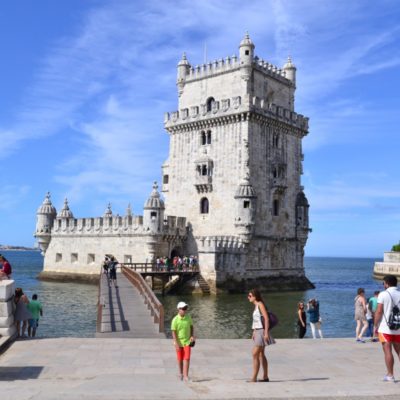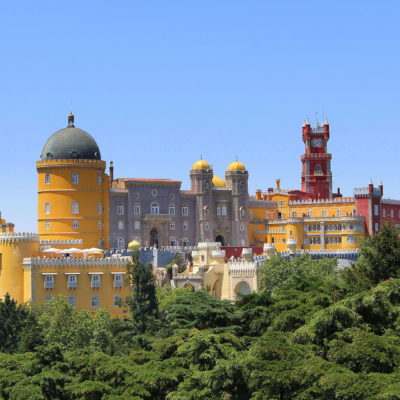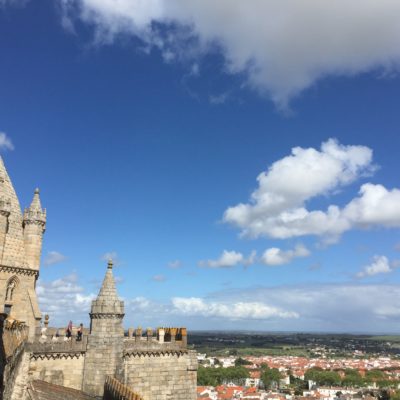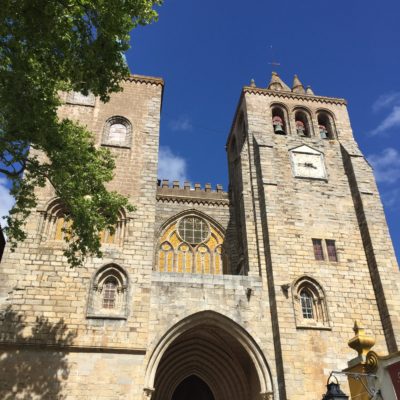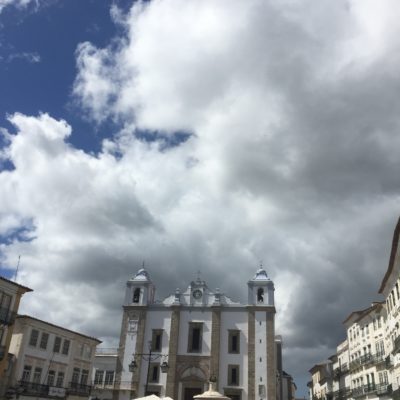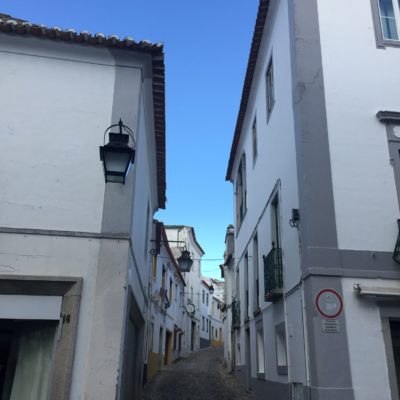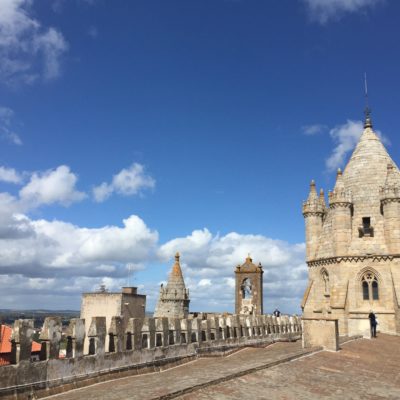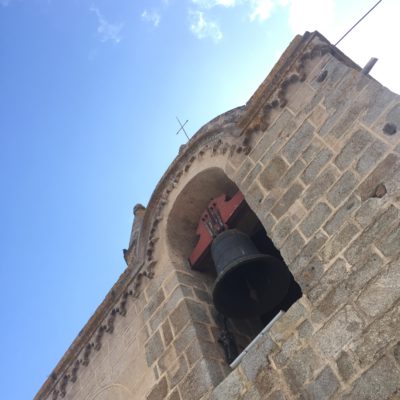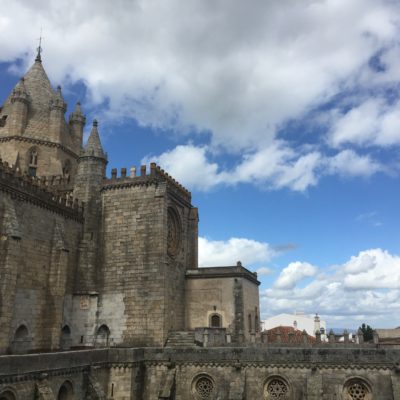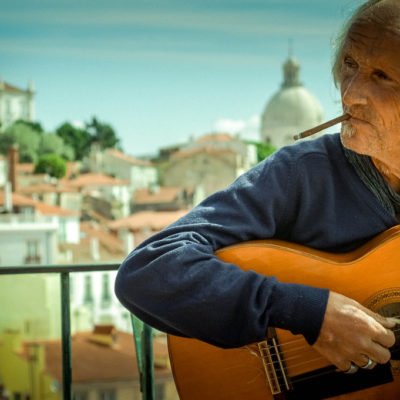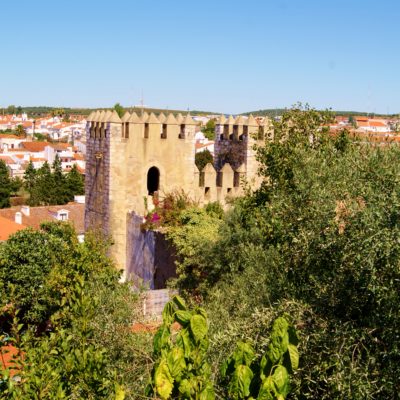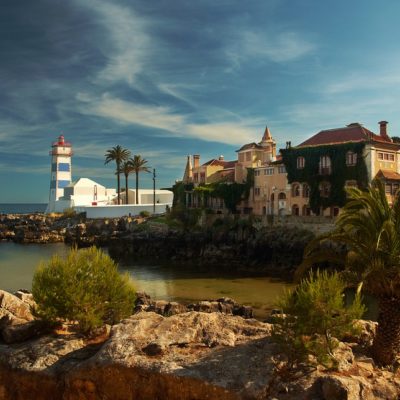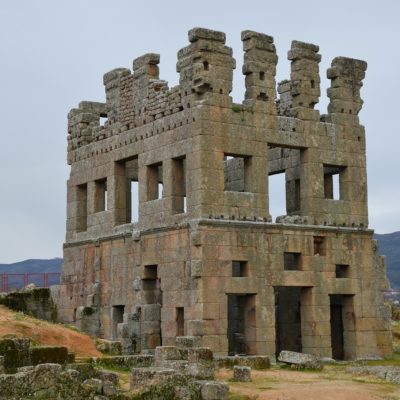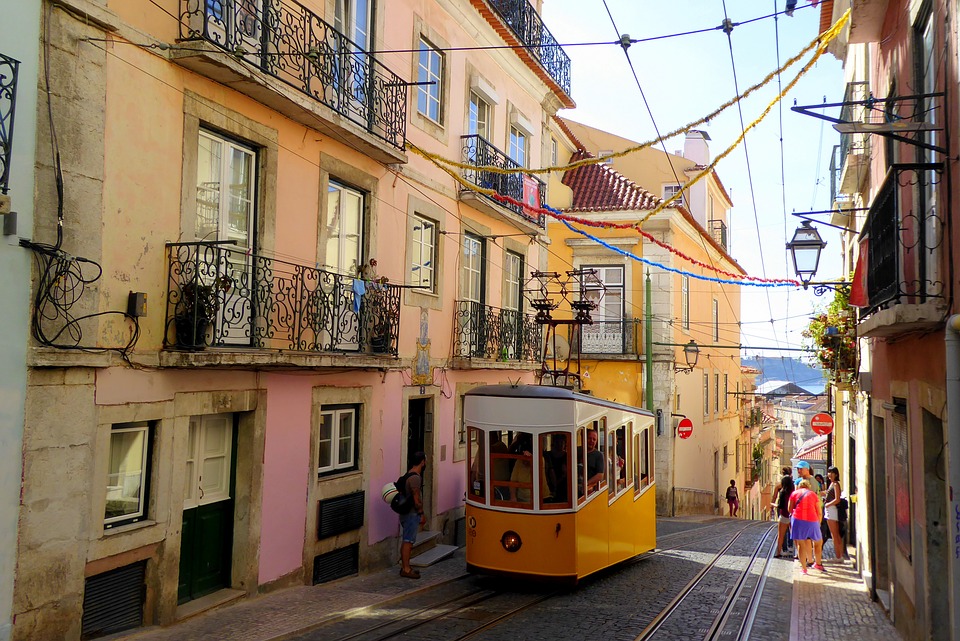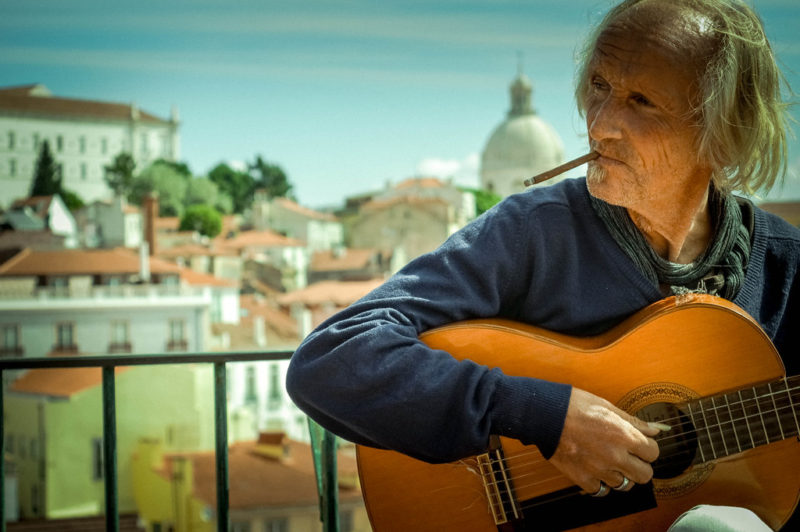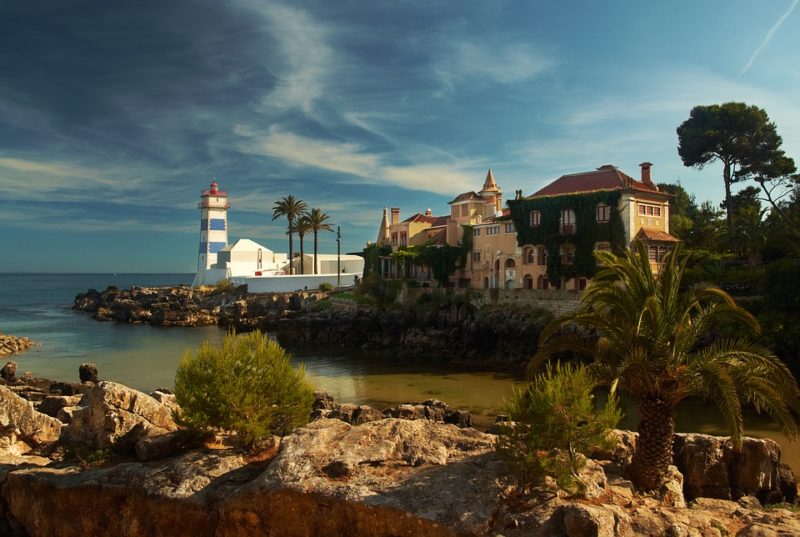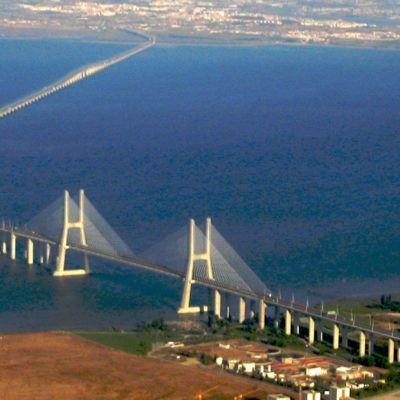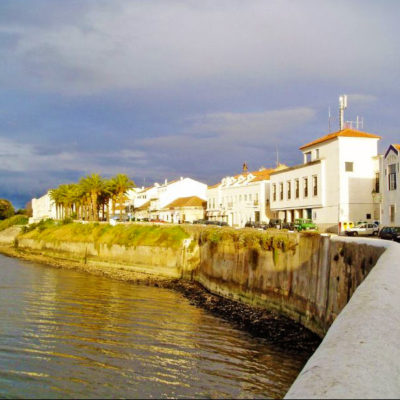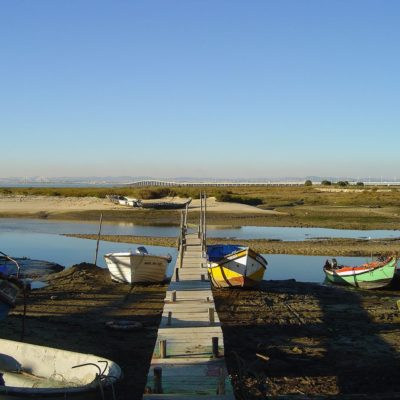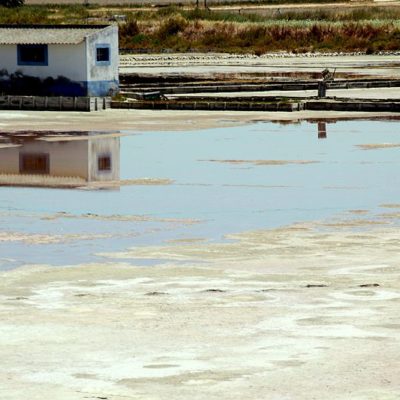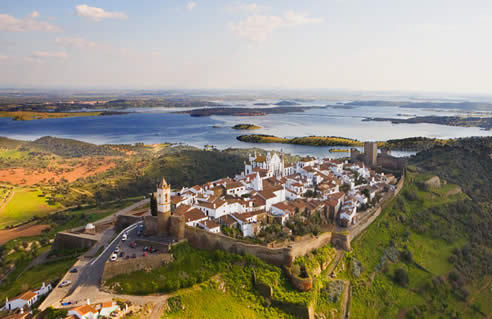Little Angel Tours offers you 8 days of travel in the region of Lisbon, Evora and surrounding villages. This is a full board stay including most of the daily guided activities in the trip.
Cultural Historical & Gastronomic Tour Lisbon & Evora – 8 days
Flights / Full board / Transport / Guided tours
See our travel dates
Chose your travel dates
Travel itinerary
The tour of your Cultural, Historical & Gastronomic trip will be in the presence of your guide, Valérie.
We will spend 4 nights in Lisbon and 3 nights in Evora.
We will visit the places in the presence of local guides who will teach us the history and culture of the regions.
The guided tours will alternate with lunch breaks and tastings of the region’s local flavors (in restaurants, local markets and renowned cellars). We will appreciate the typical dishes, pastéis de nata (Portuguese flan), regional wine or even Ginjia (cherry liqueur)… A dinner with fado singers is also planned to discover traditional Portuguese music.
Lisbon, it is the azulejos that illustrate the city, the cobbled pavement of the narrow streets, the stairs under the extended linen, the frenzy of the cafés, the beautiful views of the Taje, the creaking of the tramway, the poems of Fernando Pessoa and the Pastéis de Belém…. Lisbon is about people.
By tuktuk and on foot, we will travel through the typical neighborhoods and discover more than 20 centuries of history!
Nearby is a series of coastal towns, like Cascais, and pretty villages like Alcochete.
A half-day of solidarity with a local association on the themes of the protection of children, animals or the environment will also be offered to you on a voluntary basis.
After these unforgettable experiences in Lisbon, en route to Evora, a city classified by UNESCO as a World Heritage Site and also the most admired region of Alentejo, the birthplace of most of the most sought after wines that we will have the chance to taste.
Day 1 : Guided tour of Lisbon by tuk-tuk and on foot
We will visit the districts of the city of Lisbon and go through its 7 hills. Each district has a personality that seduces you with its contrasts.
The district of the Baixa (the lower town), completely destroyed by the 1755 earthquake and then rebuilt, will give us a fine example of the Pombalian style (named after the architect of the time, the Marquis de Pombal). The district has wide avenues (the main one being the avenida da liberdad) bordered by buildings with baroque architecture and one of the largest squares in Europe along the Taje River, the Praça do Comercio.
The panoramic views of Eduardo VII Park and the Ruins of Carmo next to the Santa Justa Elevator linking La Baixa to Carmo, will be an additional way to admire the city.
We will discover Alfama, the most typical and second oldest district in Europe.
It is attached to the walls of the São Jorge Castle, which dominates the city, the Sé Cathedral and the Igreja de Santo Antonio (Church of Saint Anthony). It is a medieval labyrinth of narrow streets, neighbours who know each other and lookouts facing the Tagus.
We will also pass through the multicultural districts of Mouraria, the Bohemian Bairro Alto (high district), the Real Principle and the Estrela in Lisbon.
Day 2: The Sanctuary of the “Cristo Rei” (Christ the King), the Belem district and Cascais
 Before visiting Bélem, we will pass by the statue of Cristo Rei, built on the model of that of Rio de Janeiro in Brazil and positioned between the Taje and the April 25 bridge.
Before visiting Bélem, we will pass by the statue of Cristo Rei, built on the model of that of Rio de Janeiro in Brazil and positioned between the Taje and the April 25 bridge.
The Bélem district, located northwest of Lisbon, is the place where the great travellers of the 15th century used to travel to India, East Africa and Brazil.
This immense maritime heritage is greatly commemorated in this neighbourhood where we find: The Torre de Bélem (The Tower of Belem) and the Mosteiro dos Jeronimos (the Monastery of Hyéronymites), both classified as World Heritage Sites by UNESCO, the immense Padrão dos Descobrimentos in the shape of a caravel (monument to discoveries) and the Fabrica Pasteis de Bélem, the original site of the traditional Portuguese flan.
The Palàcio Nacional de Belém, the official residence of the Portuguese President in pink, is also located in the centre of this district.
Once Bélem’s visit is over, and after lunch, we will head to the city of Cascais, passing through the Lisbon coast with its beautiful beaches that follow one after the other …
Cascais, known as the “city of kings and fishermen”, was a small fishing village in which the Portuguese nobility settled in the 19th century. There is the castle, the marina and the Boca do Inferno (the mouth of hell). The latter is named after both the shape of the arch under which the waves project and emerge in a chasm resulting from the collapse of a cave, but also the noise these waves make in the event of rough seas.
Day 3 : Free day and/or solidarity
People will be able to take a freely organized day (with the advice of our organizer and guide), including, if they wish, a half-day of volunteering with a local Portuguese association on the themes of the protection of the childhood, animals or the environment.
Day 4: Vasco de Gama Bridge, Alcochete Village and Samouco Salt Works
We will visit the village of Alcochete located on the edge of the Taje, passing by the Vasco de Gama Bridge, 17 km long and the 2nd largest in Europe.
We will arrive in the village of Alcohete where the houses painted white, yellow, ochre and blue, typical of popular architecture, have a rich religious artistic heritage.
The village is the nucleus of sacred art, with an interesting collection of paintings. We will have the opportunity to visit the São João Batista church and the municipal museum, which represent the history and traditions of its inhabitants. We will stroll along the belvedere which offers a magnificent view of the Vasco de Gama bridge, Lisbon and its estuary.
We will then pass by the river beach to arrive at the Samouco Salt Works dating from the 13th century, a unique complex that combines biodiversity and socio-cultural heritage. In addition to salt production, the Salines de Samouco are home to an ecological and environmental protection and conservation project because it is a feeding, refuge and nesting ground for thousands of birds of different species.
Day 5: Arrival in Evora, Alentejo Region
Evora is known as the “museum city” because of its monuments, especially dating from the Roman period.
We will visit in particular: the Church of Santo Antão, the Palacio Cadaval, the Roman temple built in the 1st century, the Cathedral (Sé) with more than 8 centuries of history, the Chapel of Bones (Capela dos Ossos) and the public garden where the palace of Dom Manuel is located.
We will also be able to discover and taste the flavors of the Alentejo region.
Next to the city, it will be very interesting to discover the megalithic sites, in particular: the great Dolmen of Anta Grande do Zambujeiro, the Menir and Cromelech of Almendres… Some of these sites date back to the Neolithic period, more than 7000 years before Christ.
Portugal has a rich megalithic heritage including the enclosure dos Almendres located on a hill near Nossa Senhora de Guadalupe, which is the largest megalithic monument in Europe due to its size and state of conservation.
A significant concentration of sites is located mainly in the Evora region. Menhirs, dolmens and cromlechs are forms that these famous megaliths display. The dolmens would correspond to the graves of prehistoric man. Although the use of menhirs remains entirely speculative, it is likely that some customs of the time involve fertility rites and seasonal cycles. As for the cromlechs, they would have a rather religious meaning.
Day 6: The city of Vila Viçosa and Elvas
The Vila Viçosa is a pretty flowered city with white houses that was the residence of the Dukes of Bragança and some kings.
The city, which has preserved a superb ducal palace, beautiful churches and a wall surrounding the castle, will be the subject of pretty walks.
Not far from La Vila Viçosa, a few kilometres from the Spanish border, Elvas will be a great opportunity to discover “a fortress city”, the largest in Europe recognized by UNESCO as a World Heritage Site.
Day 7 : Monsaraz, cellar “Adega da Ervideira” and villages of Arraiolos and Estremoz
Monsaraz is one of the most picturesque villages in the Alentejo with its white houses topped by red roofs and narrow alleys.
A medieval city built on the top of a hill overlooking the Guadiana River, Monsaraz is a magical place.
On the programme of visits: beautiful walks with magnificent views of the hundred-year-old cork oaks and the region’s vineyards, churches, the medieval castle that dominates the valley.
Elected “European wine capital” in 2015, by the richness and diversity of its winegrowing culture, Monsaraz will encourage us to taste the best wines of the Alentejo in the “Adega da Ervideira” cellar.
We will then visit the city of Arraiolos which is a small town in the Alentejo region, founded in the 2nd century BC.
The medieval castle built in 1279, the Dungeon and the Clock Tower will tell us the history of the city. Arraiolos is also known for its tapestries which please by the liveliness of their colours and the naivety of their designs.
We will then visit the town of Estremoz, a small town with centuries of history and traces of Roman and Islamic occupation.
The Romans had chosen this area because of its richness in white marble (notably used for the construction of the Roman temple and the altar of Evora Cathedral). The town hall will be an additional means of historical discovery through its 18th century azulejos (earthenware tiles) staircase.
We will also enjoy Estremoz Castle, Capela da Rainha Santa Isabel (Castle of Saint Isabel) and the medieval walls of the city.
Day 8: Breakfast in Evora, walk and departure for Lisbon airport.
Depending on place availability and local conditions, the itinerary may be adapted. These changes would always be made with the same concern for quality of service and in the spirit of the original programme.
See also :

